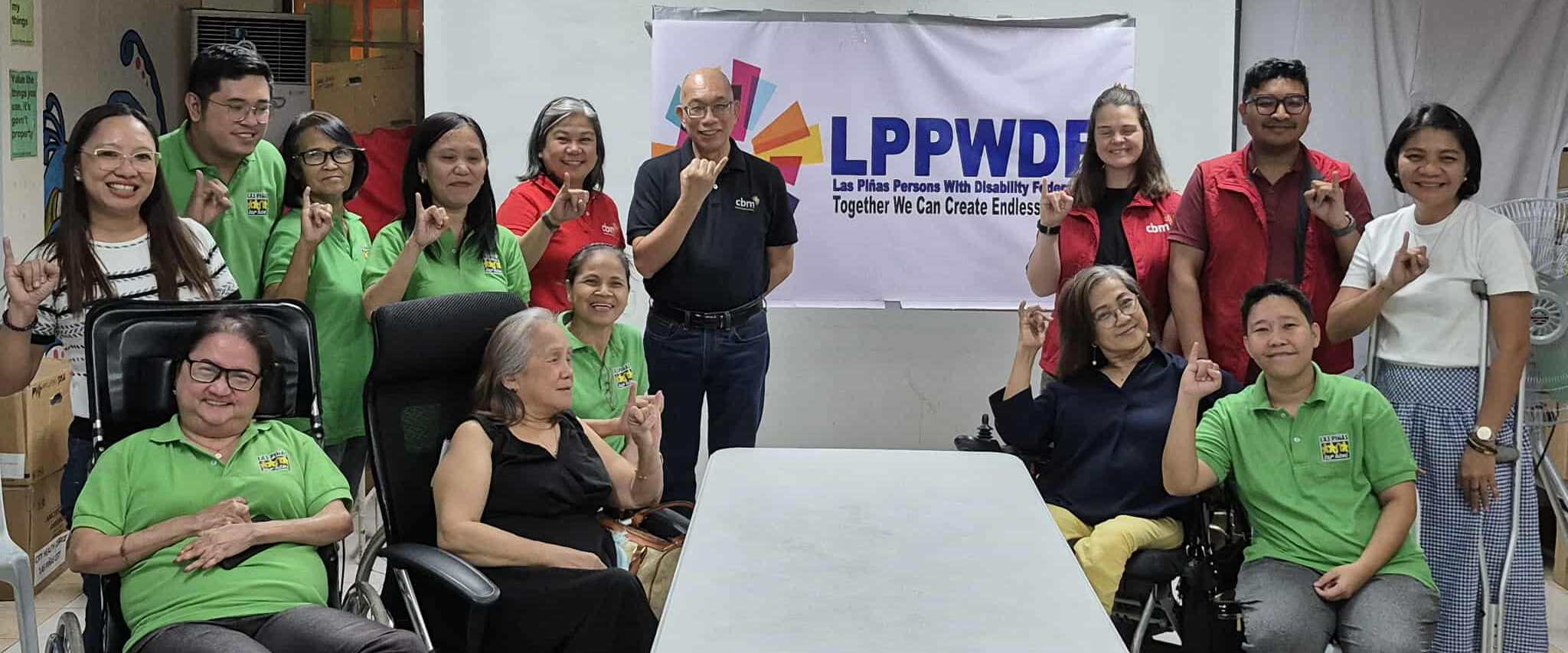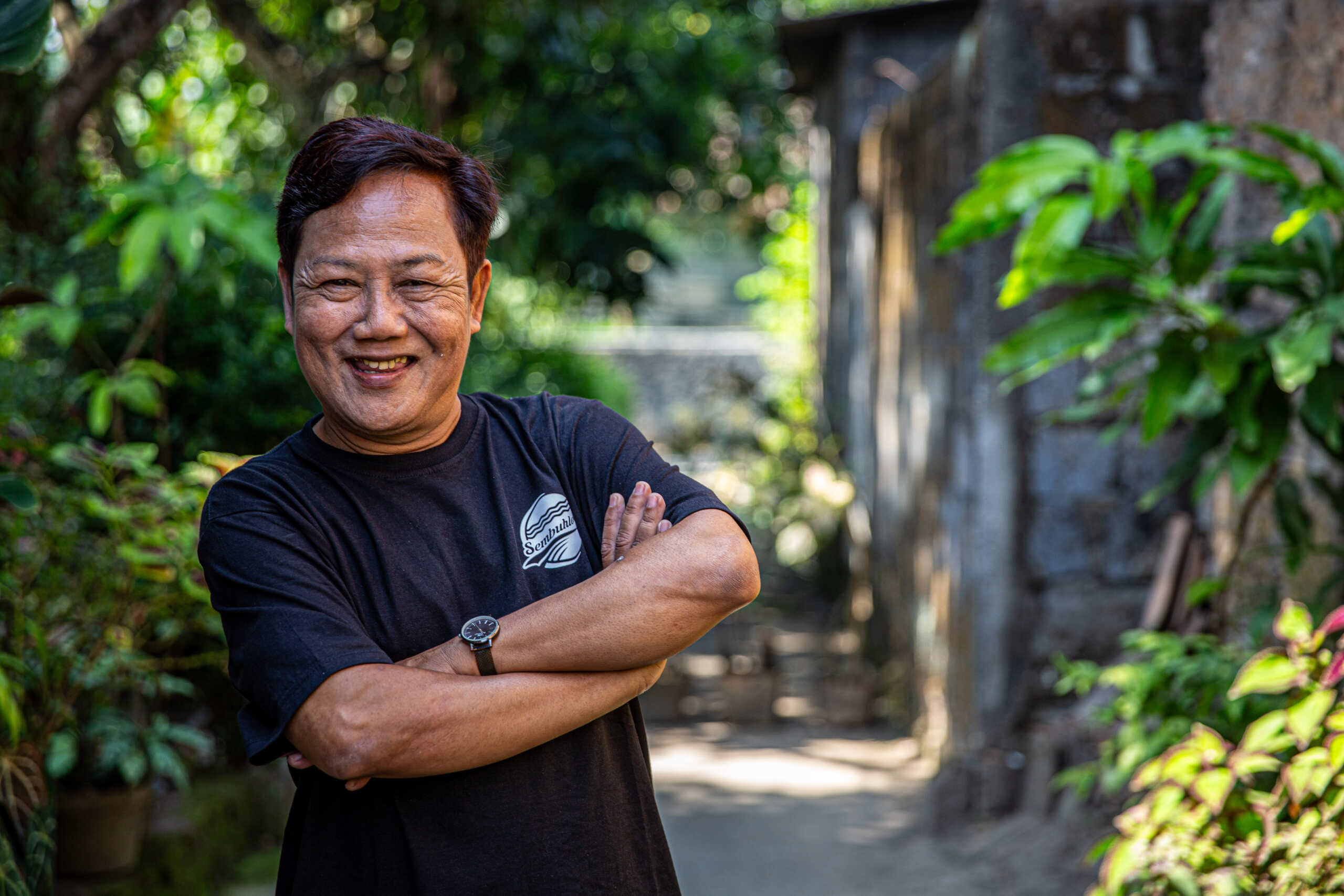Intersecting factors that impact on people with disabilities during disasters
Stories | February 3, 2020
Everyone deserves to be safe in disasters but people with disabilities are often the worst impacted when disasters strike. They are frequently excluded from preparing for and responding to disasters, and this means their needs and the unique difficulties they face are often not considered. Not all people with disabilities experience disasters or are impacted in the same way. People with disabilities are not a homogenous group and each person has their own needs and circumstances to consider when planning for disasters.
Multiple factors such as someone’s gender, sexual orientation, gender identity and expression, ethnicity, class and age, intersect and overlap to shape a person’s identity. These factors may compound the discrimination a person faces and impact on their vulnerability and risk during a disaster.
For example, women and girls with disabilities often face additional or different barriers during and after disasters to men and boys with disabilities. The intersecting patterns of discrimination and exclusion they face can put them at even greater disadvantage.
Disasters usually result in an increase of women’s and girls’ unpaid work. Cleaning of rubble, rebuilding houses or queuing for relief come on top of their usual workload.[1] Women with disabilities can also face unique barriers to being able to evacuate during disasters. Eti Rani, a woman with a disability from the Patuakhali district of Bangladesh, mentioned that:
“For a person with a disability who cannot move on their own, a male disabled person can get assistance more easily, but when we’re talking about a female person [with a disability] only another female can take them to the shelter. A male would not want to take them. Because of religious perceptions and norms that we have the female disabled person would also not want to go with a male to the shelter.”
Disasters disrupt the social fabric and expose women and girls to violence, including sexual abuse. “As a blind woman the evacuation to the highlands always put me at a high risk. I asked my father to invest in the raising the land around our house so we can stay at home during the floods” says Shantona Rani, an 18-year old from Gaibandha, Bangladesh[2]
Research conducted after Cyclone Pam, which devastated Vanuatu in 2015, found that women with disabilities were less likely to have access to many disaster risk reduction (DRR) and disaster response efforts than men with disabilities. Women with disabilities were much more likely to miss out on DRR information and training sessions, not receiving information on what to do in emergencies and having less access to evacuation shelters.[3] This directly impacts on their vulnerability during a disaster and capacity to be as safe as others in the community.
Disability routinely intersects with poverty; disability can be both a cause and consequence of poverty. This cycle of disability and poverty can be very hard to break. Poorer people with disabilities face particular challenges and increased risk during a disaster, such as added difficulty rebuilding their homes and livelihoods. They often cannot afford to build homes to a standard that can withstand disasters.
Sultan Gazi, a 70 year old man with a vision impairment says,
“People with disabilities cannot afford brick house; a wooden house, the wind blows away. Their houses are small, made of straw. Their houses are situated on the lowland because they don’t have option to make it high. They don’t have other lands to bring the earth from and dump here to make it high because they’re poor.”
Poverty and disability also impact on people’s social status, which can lead to their exclusion from DRR decision-making. This exclusion means that their needs and the specific barriers they face during a disaster aren’t taken into account, further increasing their risk and vulnerability.
When age intersects with disability it can lead to different experiences of disaster. Children and young people with disabilities, for example, are more likely to be left behind, abandoned or neglected.[4] Being separated from their carers or family in turn increases their vulnerability to violence, exploitation and abuse.[5] They are also often excluded from disaster related assessments and data collection[6], so their needs and experiences aren’t known. Similarly, young people with disabilities may not be consulted on decisions about disasters.
Ferdous, a 16 year old boy with a disability in Bangladesh says: “I think people with disabilities are now respected in the community meetings. They can go and participate. But I do not think they would listen to kids. They think the kids can’t make decisions. I don’t think it is right…Children can come up with new ideas, so adults should include children during disaster management consultation.”
Older age also leads to marginalisation of people with disabilities. Age and disability affects men and women differently and older women with disabilities can face additional levels of marginalisation and discrimination.[7]
Joyful, a 55 year old woman with a disability from Bangladesh has experienced discrimination in the community because of her age and disability. “Between a person with disability and person without disability, the society will not listen to the persons with disability. The person who is old and disabled, society do not care about them.”
The multiple factors that contribute to a person’s identity lead to unique experiences of discrimination, and influences how people are affected by disasters. People with disabilities are the experts in their own experience and have unique and valuable contributions to make. To ensure their needs are met and the barriers they face are considered they must be included in decision-making on disasters.
Take action now: Join the campaign for disability inclusive disaster risk reduction
[1] CBM Australia (2018). Saving Lives and Leaving No One Behind: The Gaibandha model for disability-inclusive disaster risk reduction.
[2] Ibid
[3] Sally Baker, Tarryn Brown, Nelly Caleb, Judith Iakavai, Dr Manjula Marella, Knox Morris, Maxwell
Nasak, Dr Matthew Reeve and Danielle Roubin and Wesley Pryor. (2017). Disability Inclusion in Disaster Risk Reduction: Experiences of people with disabilities in Vanuatu during and after Tropical Cyclone Pam and recommendations for humanitarian agencies
[4] UNICEF (2017). Guidance: Including children with disabilities in humanitarian action
[5] Ibid.
[6] Ibid.
[7] HelpAge International (2019). Age inclusive disasters risk reduction – a toollkit
https://www.cbm.org.au/stories/intersecting-factors-that-impact-on-people-with-disabilities-during-disasters
Related Stories

Advent 2025: God’s presence includes all
Reflect on how Isaiah 40’s call to ‘Prepare the Way’ invites us to remove barriers and create a community...

Strengthening OPDs for inclusive governance and leadership in the Philippines
In the Philippines, the journey toward disability inclusive governance...

Mental health: a community, governance, and human rights issue
Mental health conditions are among the most prevalent and significant contributors to disability worldwide. However,...
